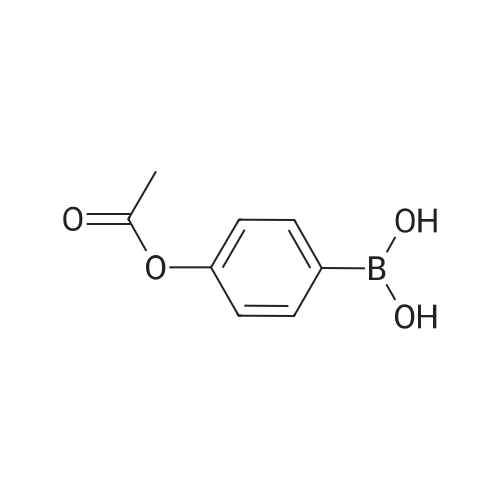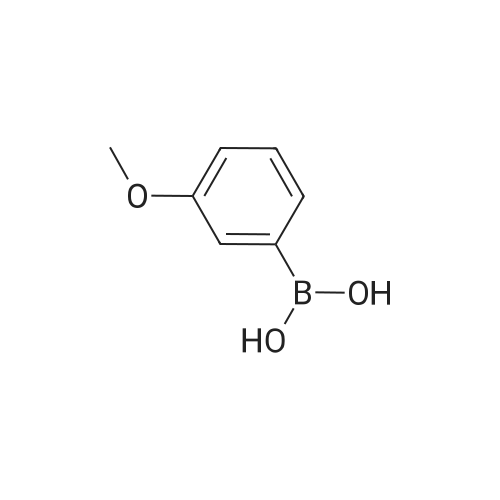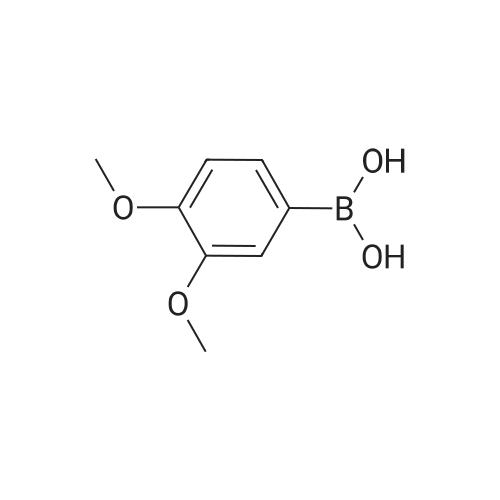More
Abstract: Dynamic reconfiguration of optical materials has and continues to be of significant interestin technological utility in displays, healthcare, automotive, aerospace, and architecture. This thesis is concerned with so-called “polymer stabilized” cholesteric liquid crystals (PSCLCs), material systems in which application of an electric field can adjust the position or bandwidth of a selective reflection. These material systems are based upon the cholesteric liquid crystal (CLC) phase, which nascently self-organizes into a periodic helical structure in which refractive index modulation results in a polarization-specific Bragg reflection. Depending on material composition, application of an electric field to a CLC can result in reflection switching or “tuning” (e.g., shift in reflection wavelength) but typically these electro-optic responses are limited in magnitude or response time (often taking days for the reflection to recover). Comparatively, the integration of small concentrations of polymer, to “stabilize” the CLC phase, creates a material system that can undergo a dynamic and reversible electro-optic response. This thesis extends upon a number of prior examinations (generally focused on phenomena or functionality) undertaken at the Air Force Research Laboratory, that have demonstrated myriad responses including reflection bandwidth broadening, reflection wavelength tuning, and switching. The systematic investigations presented in this thesis directly elucidate the underlying electromechanical mechanism that is critical to enabling further optimization and enhancement of electro-optic response necessary for implementation in functional utility in applications.
More specifically, the first aim of this thesis focuses on the formation and importance of the retention of structural chirality in the polymer stabilizing network (PSN) and the intermolecular interactions between the PSN and the non-reactive CLC host. Notably, PSCLCs prepared with non-liquid-crystalline polymer networks confirm that the chiral templating does not require the
monomeric precursors to be liquid crystalline. Further, the cation-mediated electromechanical response of the deformation of the polymer network was correlated to be directly associated with the host (via distinctive confocal fluorescent experiments).
The second aim of this thesis is focused on identifying and understanding the interactions between the polymer network and ions, through exploring the electrochemical properties in addition to the electro-optic response. The effect of polymerization on the electrical properties was investigated through impedance spectroscopy with mixtures prepared with metallic salts, ionic liquids, and ionic polymers. The electrical properties of these formulations were then correlated to the electro-optic response of PSCLCs prepared from them.
Finally, informed by these fundamental studies, this thesis explored the molecular engineering of the polymer stabilizing network. This was achieved in two ways, both focused on affecting the crosslink density of the PSN. In the first, a dithiol additive was incorporated into the polymer network through copolymerization with the acrylate functionalized liquid crystalline monomer. This reaction decreases the crosslink density through both chain extension and chain transfer. Compositional studies isolated an optimum crosslink density/concentration to retain structural chirality with maximal elasticity. Second, a monofunctional liquid crystalline monomer was incorporated into the polymer network to decrease crosslink density while retaining high liquid crystalline character in the polymer network. The electromechanical mechanism in this material system enabled the realization of a new electro-optic phenomena in PSCLCs, reflection notch splitting

 Chemistry
Chemistry
 Pharmaceutical Intermediates
Pharmaceutical Intermediates
 Inhibitors/Agonists
Inhibitors/Agonists
 Material Science
Material Science















 For Research Only
For Research Only
 120K+ Compounds
120K+ Compounds
 Competitive Price
Competitive Price
 1-2 Day Shipping
1-2 Day Shipping

























